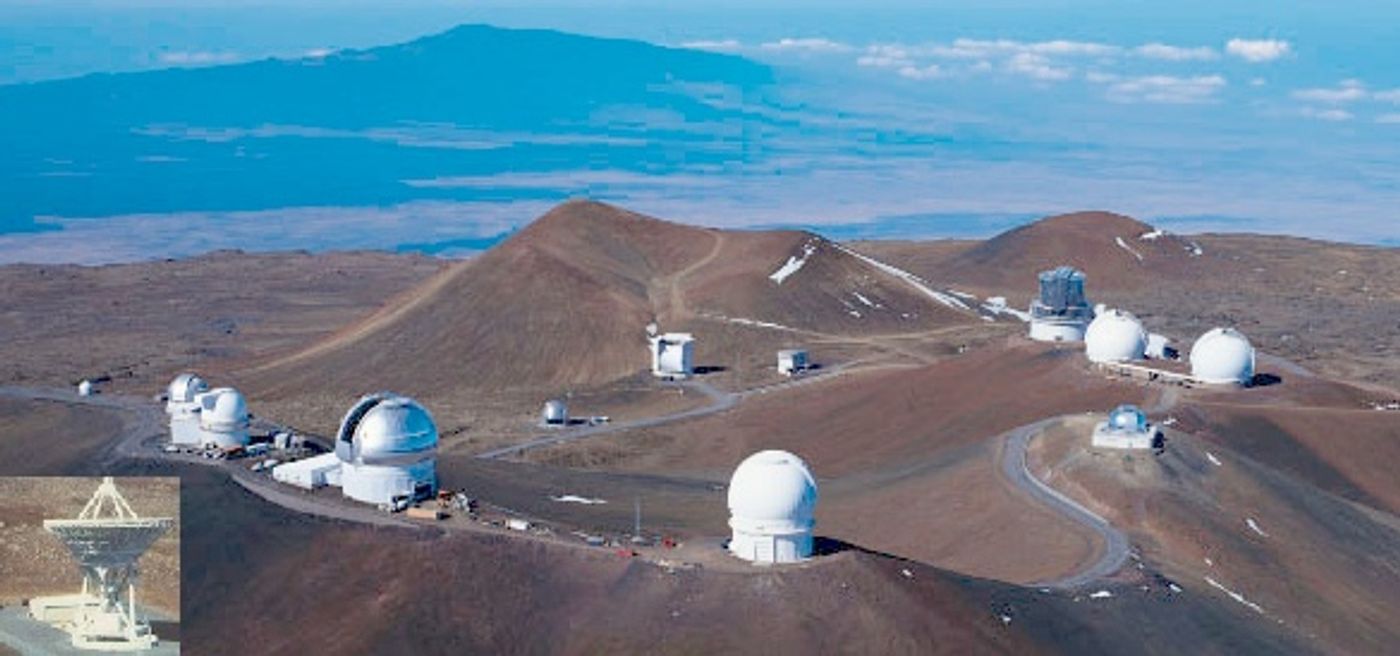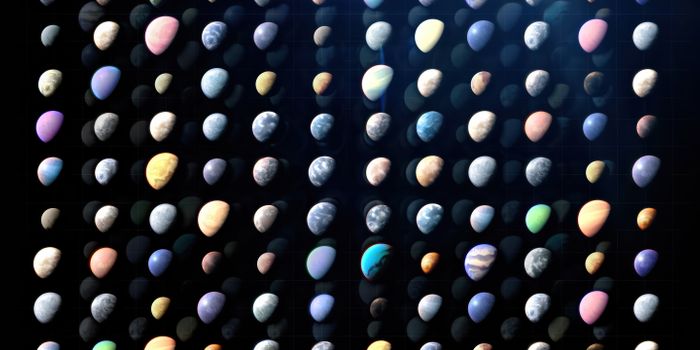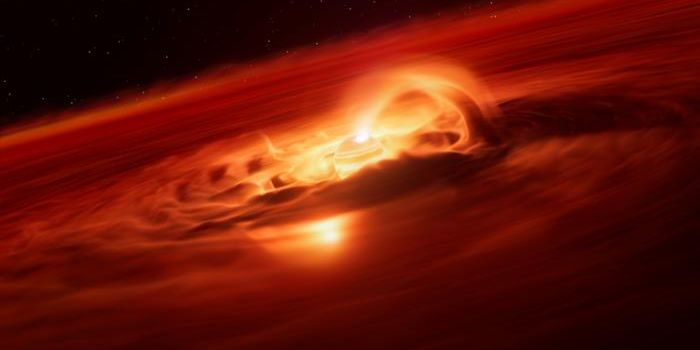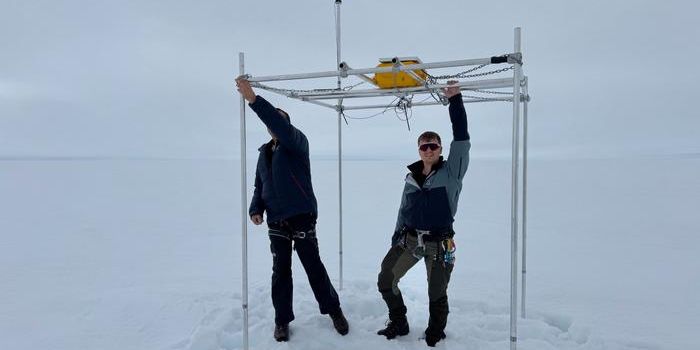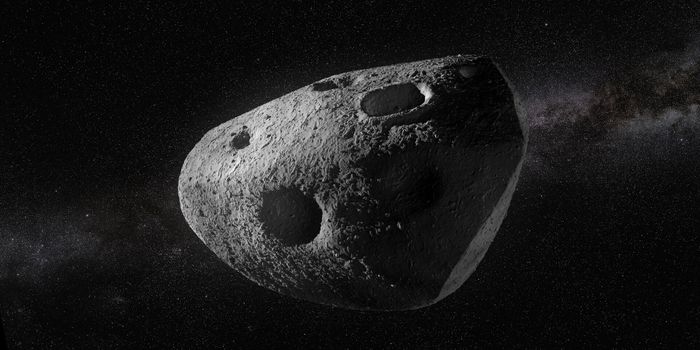The battle of the scientists vs. Hawaiin conservationists, featuring: a telescope
The controversy between Hawaiian conservationists and scientists intensifies with the Supreme Court’s recent approval of the 18-story Thirty Meter Telescope (TMT), which is scheduled to be built on Mauna Kea. The debate has been going on for years and pits the sides of astronomy versus cultural heritage against each other.
Hawaiians say that Mauna Kea is sacred land and argue that the University of Hawaii, which has leased the land, has already desecrated the land with 13 other telescopes. Scientists argue that the TMT will be the largest telescope in the northern hemisphere, capable of capturing images of space 10 times more accurate than the Hubble space telescope. TMT’s website boasts “It will allow us to reach back 13 billion years to answer fundamental questions about the advent of the universe”; important to note, it will also help maintain the US’s global position as a leader in astronomy.
Henry Yang, Chair of the TMT International Observatory Board of Governors, issued a statement following the court’s decision: "On behalf of the TMT International Observatory, we are grateful for the Hawaii State Supreme Court's ruling that will allow TMT to be built on Maunakea. We thank all of the community members who contributed their thoughtful views during this entire process. We remain committed to being good stewards on the mountain and inclusive of the Hawaiian community. We honor the culture of the islands and its people and do our part to contribute to its future through our ongoing support of education and Hawaii Islands’ young people. We are excited to move forward in Hawaii and will continue to respect and follow state and county regulations, as we determine our next steps. We are deeply grateful to our many friends and supporters for their tremendous support over the years.”
But the Hawaiian-Environmental Alliance and the Office of Hawaiian Affairs (OHA) are not satisfied. Bianca Isaki, the board secretary for the Alliance reported to the Guardian: “The (court’s) opinion wrongly relies on representations that there is ‘no evidence’ of Hawaiian cultural practices on the specific acreage proposed for the TMT.” But, she said, “thousands of Hawaiian cultural practitioners have affirmed the sacredness of the entirety of Mauna Kea.” OHA also came out against the project, stating: “After 50 years of empty promises to the mauna [mountain] and our community, the state needs to be held accountable.”
The court’s decision comes following a long roller coaster of legalities. To keep the story brief, construction on the TMT actually began several years ago but was stopped in 2015 when the Hawaii Supreme Court invalidated the Conservation District Use Permit on procedural grounds. In October of 2016, the case returned and showcased 44 days of testimony by 71 witnesses over five months, ending in March 2017. From that, came out the recommendation that a new permit be issued for the construction of the project, which was approved by the Hawaii State Supreme Court.
Nevertheless, TMT has reported that they will not begin construction before communicating with all the proper authorities.
Sources: The Guardian, TMT International Observatory
